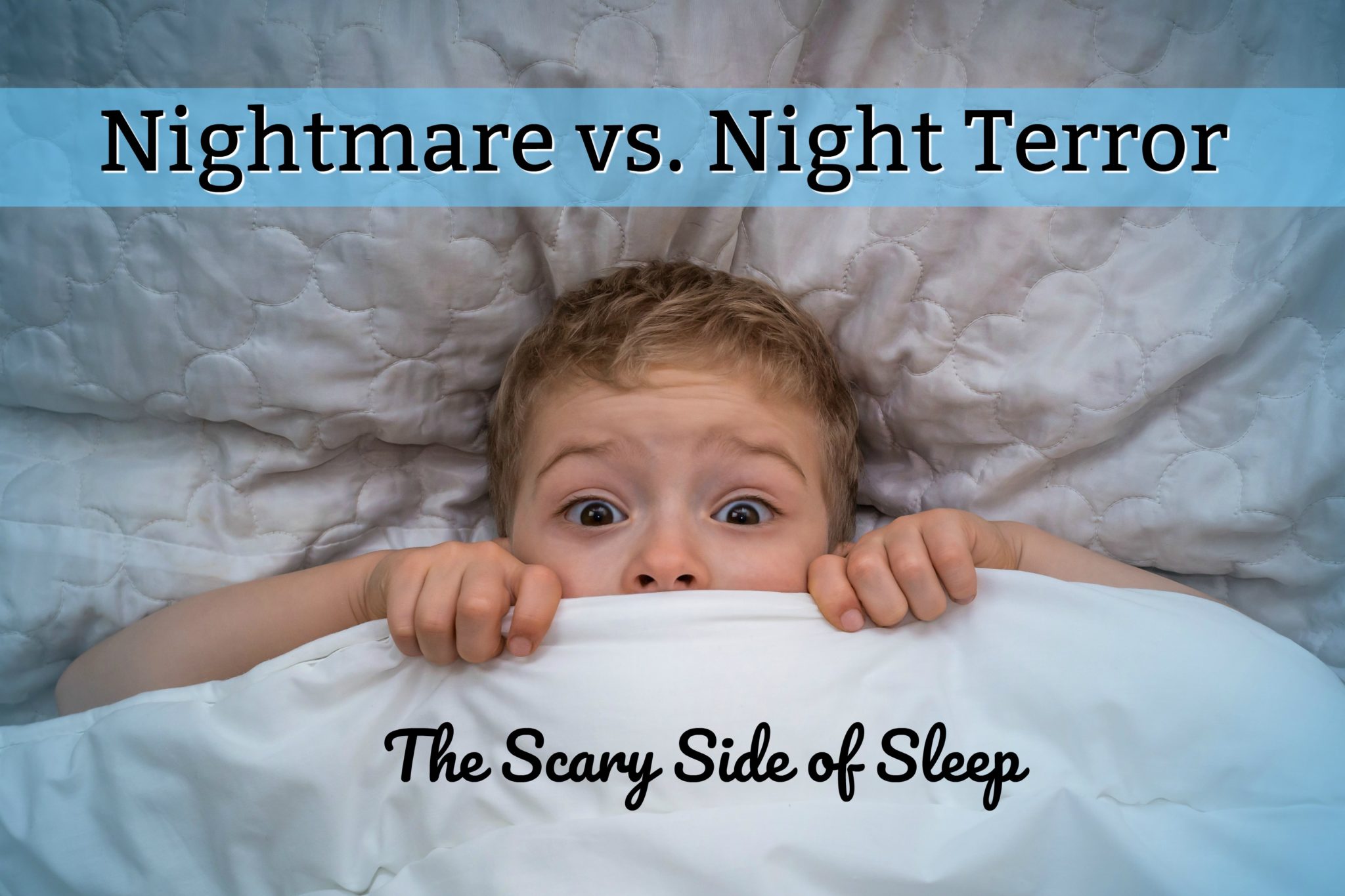Getting good sleep is important for your child’s development and well-being. Unfortunately for some, sleep can be hard to come by, and for others, it can get down-right scary.

Lauri Leadley, Clinical Sleep Educator, President of Valley Sleep Center
If you have children, there has probably been more than one occasion in which your child has come into your room asking to share your bed because they “had a bad dream.” Or perhaps you have been alarmed by your child’s terrified screams in the night. Nightmares and night terrors are both unsettling sleep disturbances, with similar characteristics, that affect children. Understanding the differences between the two will help you to take the proper steps to get your child through the experience, and both of you on to a better night’s rest.
Nightmares
While nightmares are more common in children, they can also affect adults. They occur during REM sleep, when the brain is more apt to vivid dreaming, and consist of very realistic and disturbing events. REM sleep is a part of the sleep cycle that usually occurs late in the night and in the early-morning hours, so if this is the time in which your child awakens, they likely were experiencing a nightmare as opposed to a night terror.
When a child has a nightmare, they will often immediately awaken sweaty, agitated, and scared and able to recall what had happened in the dream. They will likely want to talk about their experience and seek your reassurance.
Night Terrors
Night terrors are more common in children, very rarely affecting adults. They are most prevalent between the ages of four and eight, and the child will usually grow out of them.
Night terrors occur during non-REM sleep, usually between the hours of midnight and 2 am. During a night terror, your child will not wake up. While experiencing a night terror your child will likely scream and yell, flail their arms, and kick their legs. They may even sit up in bed and appear genuinely terrorized. Some children may even have their eyes open and others may walk. However, they are not awake. It is near impossible to console them during the event. The episode can last from a few seconds to several minutes until suddenly they relax and return to a calmer sleep state. Watching your child have a night terror is extremely difficult, but it does not harm them. If you feel like you must do something, stay calm and speak quietly using assuring gestures, like hand squeezes and hair strokes, to offer comfort. Never try and wake them with aggressive shaking or yelling, this can further complicate things. It may be in the best interest of the child to simply let the episode pass as they will have little to no recollection of the event.

Causes and Treatment
It can be difficult to determine exactly why your child experiences a nightmare or sleep terror. However, some things may trigger them, such as:
- Stress
- Lack of quality sleep
- Too much stimulation before bed (scary movies, etc.)
- Fever
- Medication
- Change in sleep schedule
- PTSD, anxiety, depression
- Certain sleep disorders
Occasional nightmares or night terrors aren’t something to be overly concerned with. However, if they are keeping your child awake multiple nights a week, cause fear of going to sleep, could cause them harm (sleepwalking), or affect daytime performance it may be time to discuss the problem with their pediatrician. They will offer some strategies you can try to ease the situation. If trouble persists, they may want to have a sleep study performed to help determine if a sleep disorder is at the root of the problem.
If you are suffering from poor sleep quality, daytime drowsiness, or poor sleep hygiene of any sort, Valley Sleep Center can help. You can schedule an appointment online with one of our professionals, or give us a call at (480) 830-3900.

